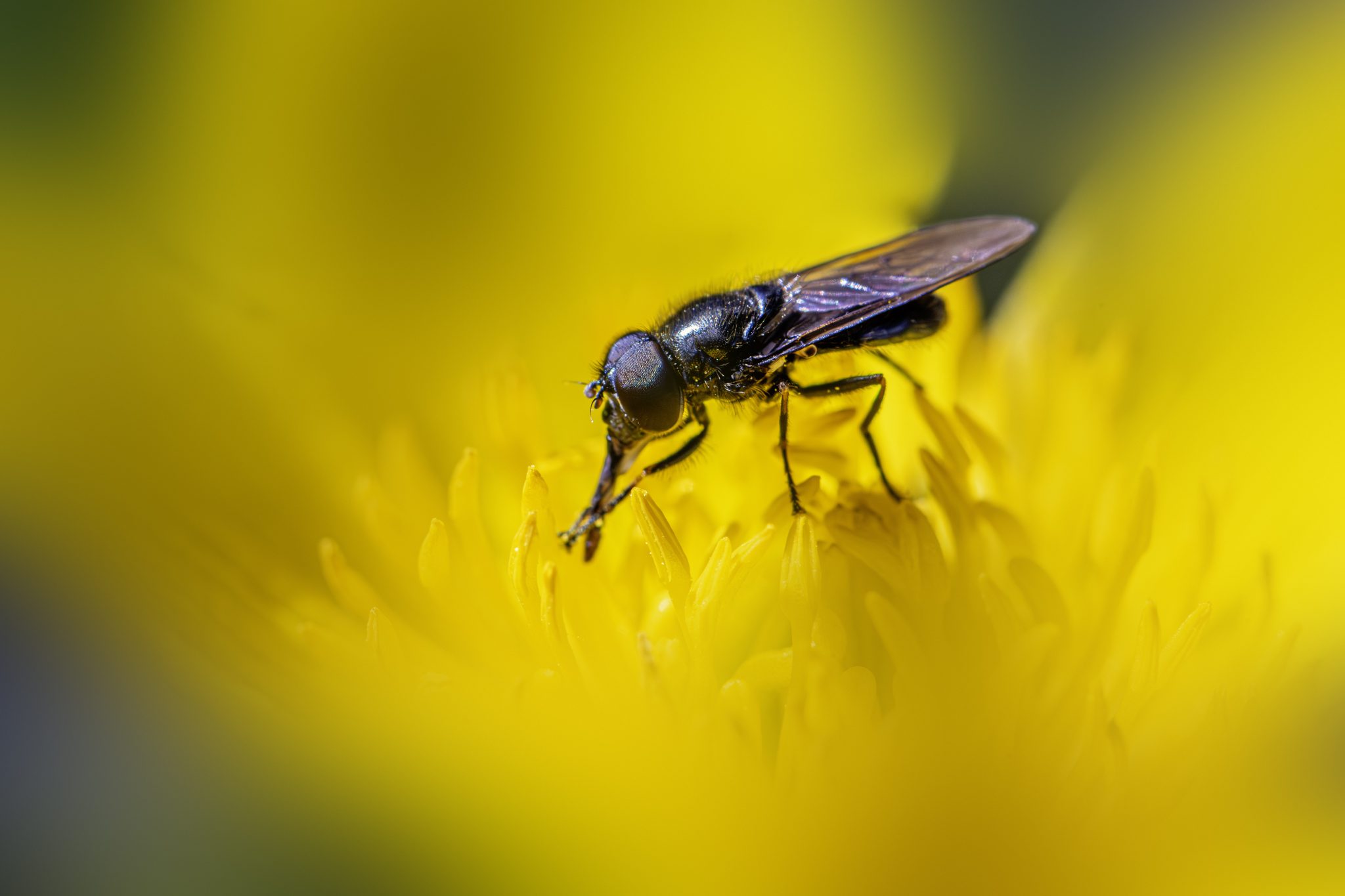Cheilosia bergenstammi (syn. Cheilosia lasiopa) is a species of hoverfly (family Syrphidae, subfamily Eristalinae, tribe Rhingiini) found throughout much of Europe. It belongs to the large and complex genus Cheilosia, which contains many visually similar species that can be difficult to distinguish.
🪰 General Overview
- Scientific name: Cheilosia bergenstammi Becker, 1894
- Common name: No widely used common name (referred to as a cheilosia hoverfly).
- Family: Syrphidae
- Genus: Cheilosia
- Tribe: Rhingiini
🧬 Identification
Cheilosia bergenstammi is a medium-sized, dark hoverfly, often mistaken for other Cheilosia species due to its subdued coloration and subtle differences in morphology.
Key characteristics:
- Size: about 7–10 mm in length.
- Coloration: generally black to dark grey, sometimes with a slight metallic sheen.
- Body shape: compact and robust with a matte, slightly hairy thorax.
- Face: blackish with dense hairs; no shining facial spots.
- Legs: dark with orange bases on the tibiae in some specimens.
- Wings: lightly infuscated (slightly smoky).
- Antennae: dark, short, and slightly pointed.
Identification often requires microscopic examination, particularly of male genitalia, as it resembles species such as Cheilosia latifrons and Cheilosia variabilis.
🌿 Habitat and Ecology
- Habitats:
Cheilosia bergenstammi is typically found in open grassy areas, woodland edges, meadows, and scrublands, often in sunny, sheltered spots. - Flight period:
Generally from April to August, peaking in late spring and early summer, depending on latitude and weather. - Flowers visited:
Adults feed on nectar and pollen from a variety of plants, particularly yellow and white composite flowers, umbellifers (e.g., Heracleum, Angelica), and dandelions (Taraxacum).
🐛 Larval Stage
The larvae of Cheilosia species are typically plant feeders, often living within plant tissues as stem or root miners.
For C. bergenstammi, the host plant is believed to be ragwort (Jacobaea vulgaris) or other Senecio species, though detailed larval ecology is not well documented.
🌍 Distribution
- Geographic range:
Widespread across Europe, from Scandinavia and the British Isles to central and southern Europe.
Reported also in parts of Russia and the Caucasus.
📊 Conservation Status
- Generally common and widespread, though often under-recorded due to identification difficulty.
- Not currently listed as threatened in Europe.
🪶 Similar Species
Commonly confused with:
- Cheilosia latifrons
- Cheilosia pagana
- Cheilosia variabilis
Microscopic or genital examination is required for confident separation.
🧭 Summary Table
| Trait | Description |
|---|---|
| Family | Syrphidae |
| Genus | Cheilosia |
| Body length | 7–10 mm |
| Color | Black to dark grey |
| Habitat | Grasslands, woodland edges, meadows |
| Flight time | April–August |
| Larval host | Possibly Senecio spp. (ragwort) |
| Distribution | Widespread in Europe |
| Status | Common but under-recorded |
Views: 246
Subscribe to the newsletter:
